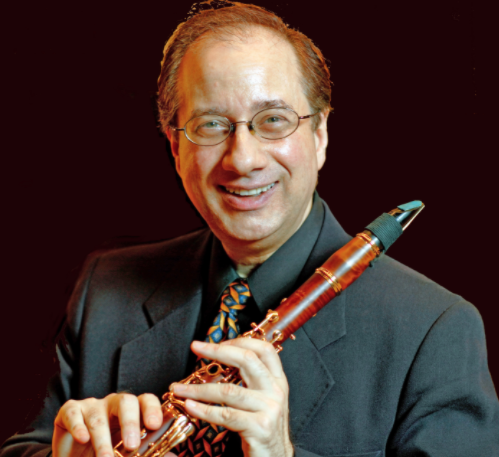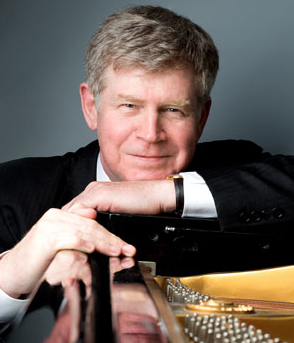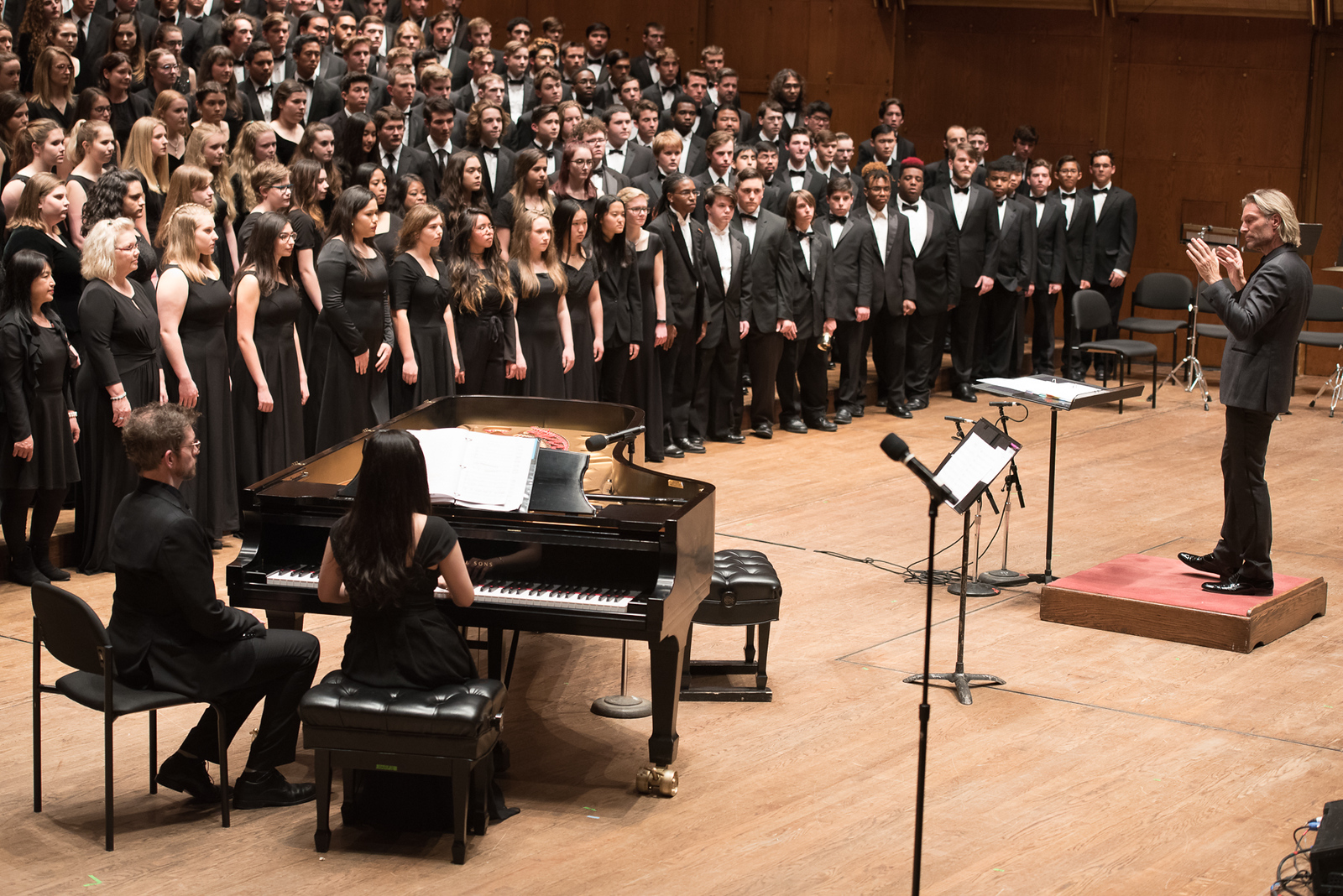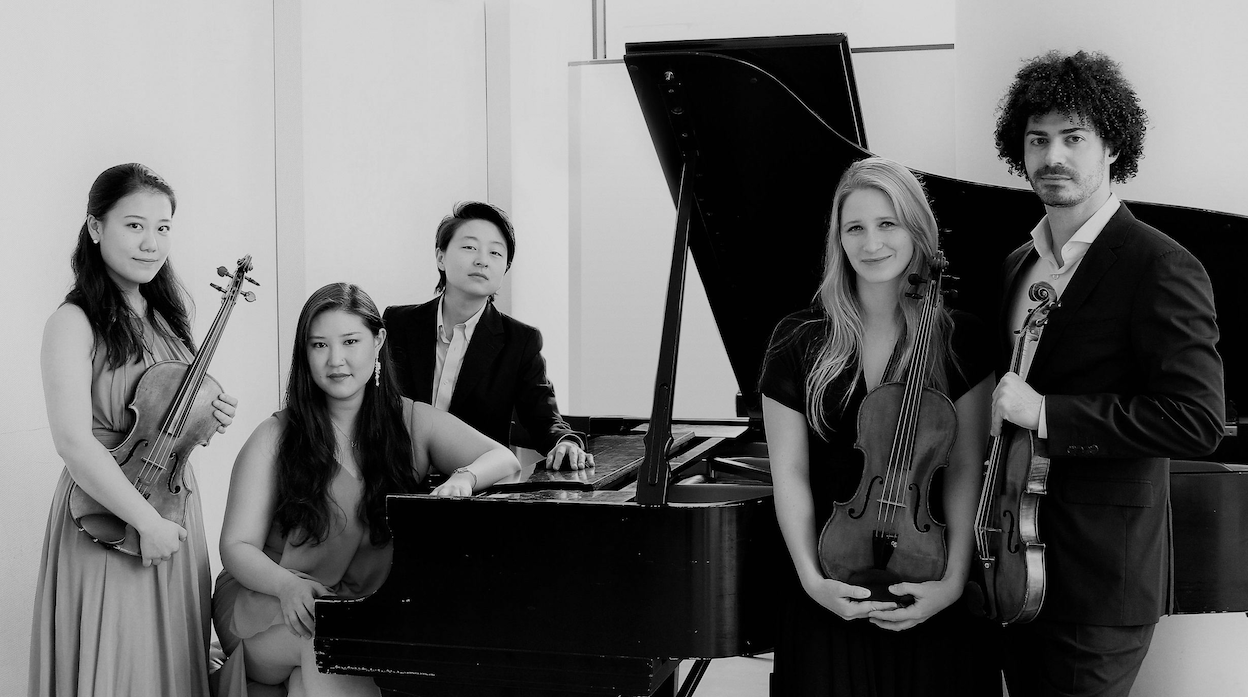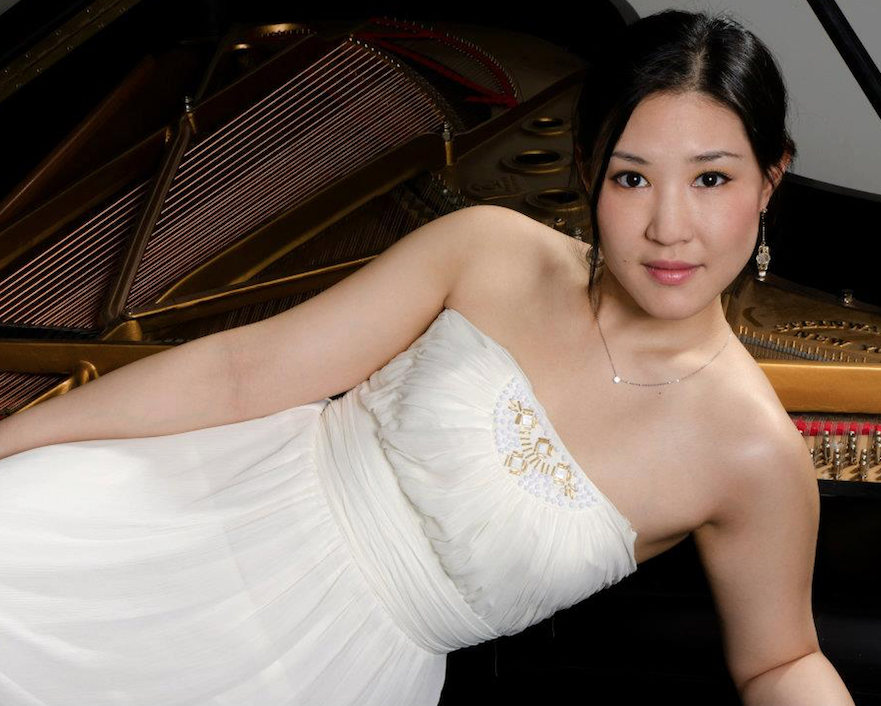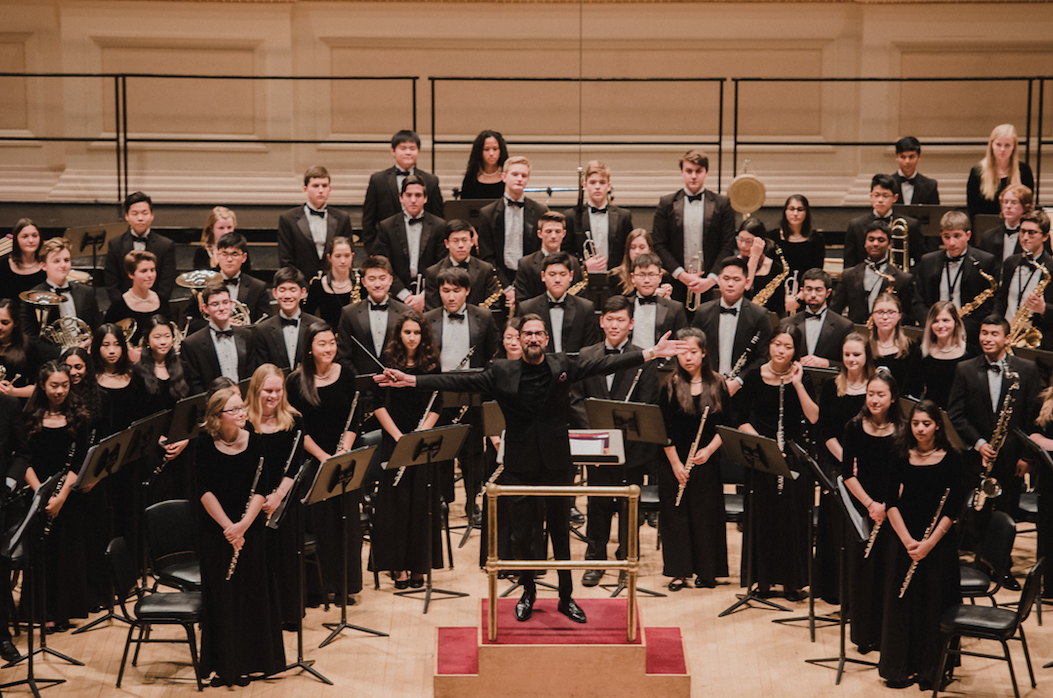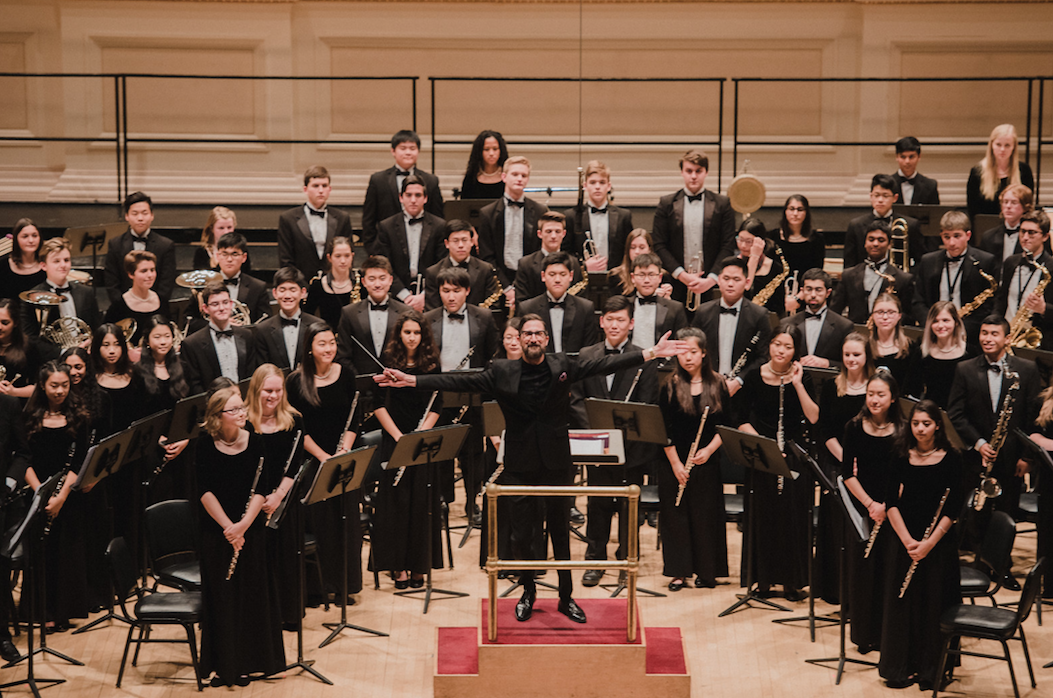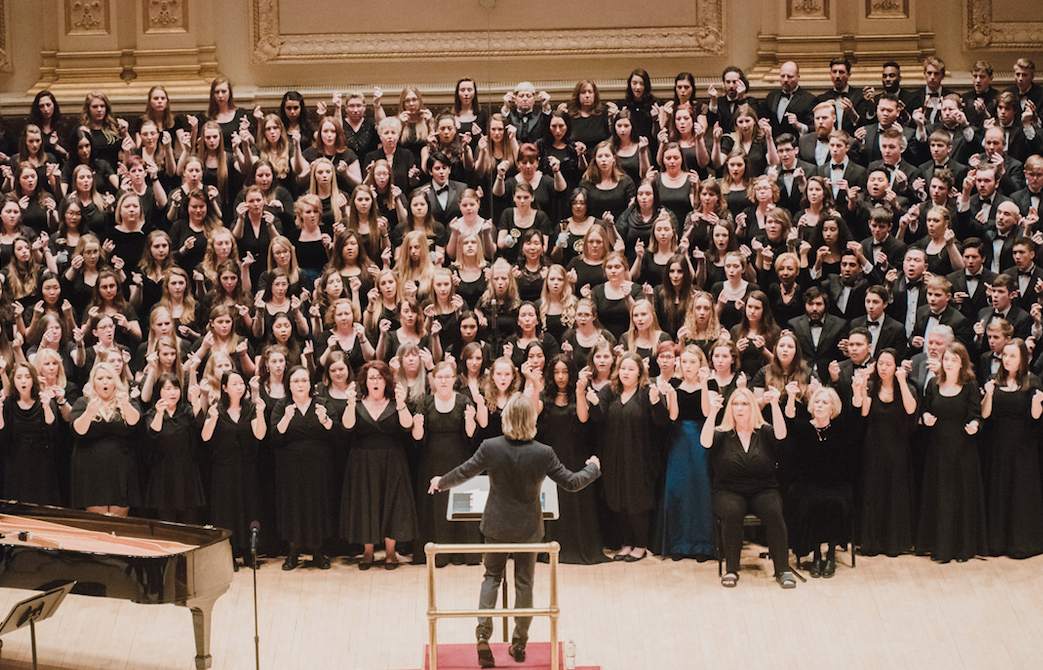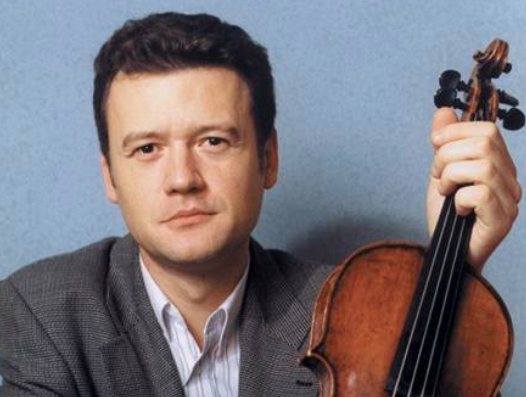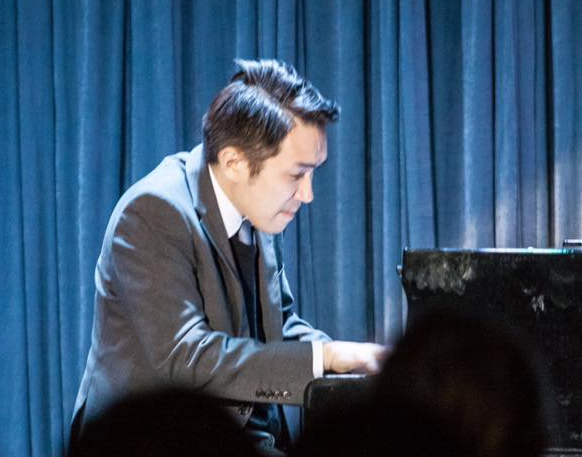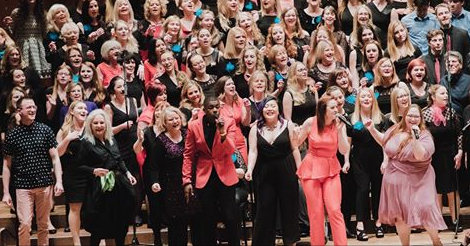Charles Neidich, clarinet
Smithsonian Chamber Players- Vera Beths, Cynthia Roberts, violins; Steven Dann, viola; Kenneth Slowik, cello; Anthony Manzo, double bass; Andrew Schwartz, bassoon; William Purvis, horn
Tenri Cultural Center, New York, NY
April 21, 2018
Clarinetist Charles Neidich impeccably curates a gem of a concert series called Wa (circle, harmony, completeness) at New York’s Tenri Cultural center. Not all of the important musical events in a city as rich in them as New York take place in the “big” venues. Each Wa concert also comes with hand-crafted snacks before the concert and dinner with wine after, made by Mr. Neidich’s wife Ayako Oshima ,herself an accomplished clarinetist. On this occasion, Mr. Neidich enlisted the services of one of the nation’s eminent chamber groups: the Smithsonian Chamber Players, to perform a single masterwork: Schubert’s epic-sized Octet in F major, D. 803.
Commissioned by clarinetist Ferdinand Troyer, the Octet was composed in March 1824. The work was premiered at Archduke Rudolf’s home by many of the same musicians who played Beethoven’s Septet. Schubert goes Beethoven one better by adding an additional violin to the instrument group. The Octet’s length was noticed even in 1824; it runs at least one hour depending on repeats, and led Stravinsky (as related in the very complete oral program note by cellist Kenneth Slowik) to say that he “didn’t mind if he occasionally fell asleep during a work by Schubert, since I know I am waking up in Paradise.” After all, isn’t listening to an hour of Schubert better than updating your Instagram feed?
These players gave a triumphant reading of the piece, full of sensitive detail and shaping, with full emotional commitment and harmonic direction. In the case of the Octet, as with most of Schubert, remote keys are visited with such rapidity and fluidity that it can all pass by too easily unless the performers make real events from them.
I’m tempted to say: “There are only two kinds of clarinetists: Charles Neidich, and everyone else.” Perhaps this is unfair to the many great players out there, but every time I’ve heard Mr. Neidich this season, I come away with the same stunned revelation of superb lyricism coupled with supernatural breath control. He possesses that nearly untranslatable German quality of Innigkeit (inwardness, combined with emotional intensity). He also has a great deal of wa.
Mr. Neidich’s assembled team plays period instruments (or faithful modern copies), and this immediately solves any vexing problems of balance, leaving the way open for the players to focus on inspiration, which they possess in abundance. Particularly enjoyable were the contributions of Anthony Manzo, double bass, whose visual involvement with the group was a delight, and bassoonist Andrew Schwartz, whose tone was so mellow I often had to glance around the group to make sure it was coming from him. All played with the highest possible level of musicianship. For an “occasional” work, this score abounds in tricky material, and no player is spared from great technical challenges, all of which have to sound effortless. Vera Beths and Cynthia Roberts handled the violin parts beautifully, and violist Steven Dann had the most delightful pizzicati. Cellist Slowik played with immense lyricism and William Purvis handled the peril-prone valveless horn with his customary aplomb. Ultimately it was the magic created by Mr. Neidich that ruled and was especially heartbreaking in the second movement, appropriate since the work was commissioned by a clarinetist.
At the beginning of the last movement, we hear what Alfred Brendel calls “the trembling of the syphilitic” dramatized by the ensemble, a window into Schubert’s lifelong “Todesahnung” (presentiment of death), especially poignant since he was just re-entering musical and social life after a spurious mercury treatment for his syphilis. The melodic fragment heard over the tremolo strongly resembles one of Schubert’s Schiller settings: Die Götter Griechenlands (The Greek Gods, 1819), which opens with the line “Schöne Welt, wo bist Du?” (Beautiful world, where art Thou?), the entire Romantic period summed up in one line. The entire “trembling” episode then serves merely as the introduction to a foot-stomping folk-like song/dance that had numerous audience members vainly resisting to tap their feet.

